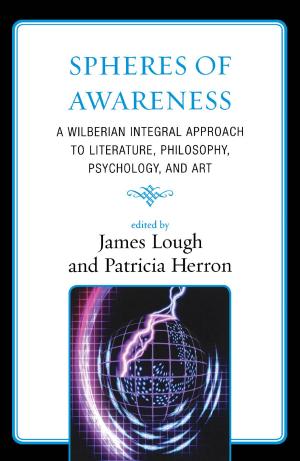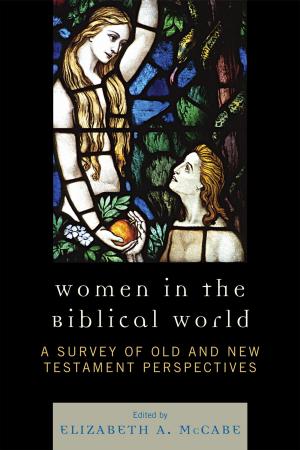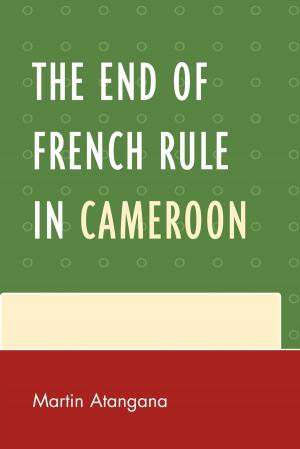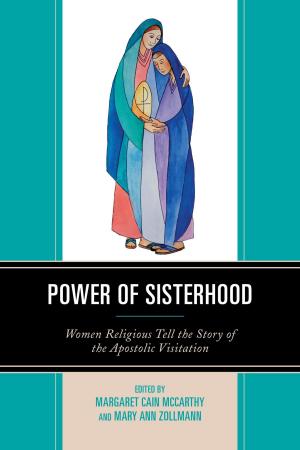What the Village Gave Me
Conceptualizations of Womanhood
Nonfiction, Social & Cultural Studies, Social Science, Gender Studies, Feminism & Feminist Theory, Cultural Studies, African-American Studies| Author: | ISBN: | 9780761861980 | |
| Publisher: | UPA | Publication: | November 22, 2013 |
| Imprint: | UPA | Language: | English |
| Author: | |
| ISBN: | 9780761861980 |
| Publisher: | UPA |
| Publication: | November 22, 2013 |
| Imprint: | UPA |
| Language: | English |
In What the Village Gave Me, the contributors—all women of color—present their varied experiences regarding the conceptualizations of womanhood, beauty, and gender roles. The goal of this book is to illuminate how these issues intersect with the transmission of cultural norms, marriage rates, and the development of professional self-efficacy. What the Village Gave Me illuminates topics relevant to women of color and touches upon careers, relationships, gender role understanding and subscription, ethnic identity, and cultural representation. This collection addresses how women who self-identify as “women of color” see themselves and manage their location in their work-life, families, and communities. By giving voice to the contributors, readers are afforded glimpses into the lives of these women and are provided with a valuable tool in the broader discourse on womanhood. This collection will help them see how race, class, and ethnicity work to divide or unite women.
In What the Village Gave Me, the contributors—all women of color—present their varied experiences regarding the conceptualizations of womanhood, beauty, and gender roles. The goal of this book is to illuminate how these issues intersect with the transmission of cultural norms, marriage rates, and the development of professional self-efficacy. What the Village Gave Me illuminates topics relevant to women of color and touches upon careers, relationships, gender role understanding and subscription, ethnic identity, and cultural representation. This collection addresses how women who self-identify as “women of color” see themselves and manage their location in their work-life, families, and communities. By giving voice to the contributors, readers are afforded glimpses into the lives of these women and are provided with a valuable tool in the broader discourse on womanhood. This collection will help them see how race, class, and ethnicity work to divide or unite women.















